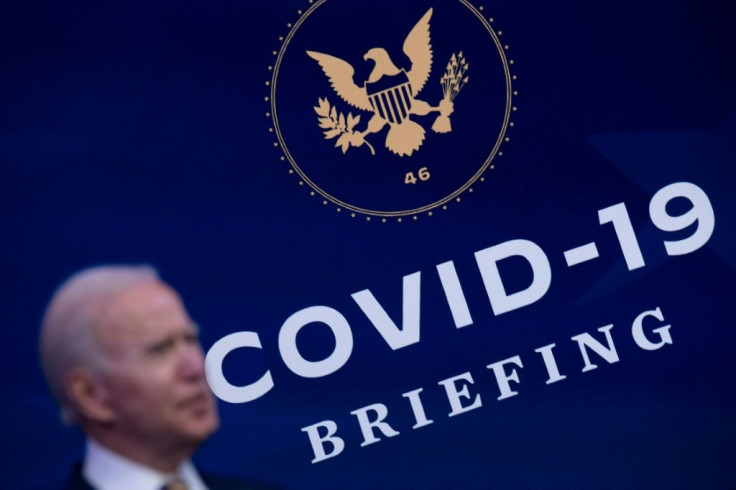When Will Schools Fully Reopen? A Look At Joe Biden's Education Plan During COVID
KEY POINTS
- Biden put school reopening on his 100-day agenda
- Stimulus funds could help his efforts
- WHO recommends a community-level approach to reopening
President-elect Joe Biden pledged in early December to open most of the nation’s schools in his first 100 days in office but his plans may be complicated by state- and local-level considerations and whether Democrats win control of the Senate.
Biden had noted that his timeline largely depended on congressional funding. Last week, he said he wanted “most of our K-8 schools” open by the end of April.
“But we can only do that if Congress provides the necessary funding so we can get schools, districts, communities, and states the resources they need for so many things that aren’t in their already tight budgets,” Biden said.
Biden's education plan includes tens of billions to be spent on reopening schools, as well as ambition plans to triple funding for Title I schools, doubling the maximum value of Pell grants and making community colleges free.
Congress ended 2020 by passing a stimulus measure that through a stabilization fund allocated some $54 billion to schools to help pay for personal protective equipment and technology upgrades that would facilitate remote education.
After the bill passed, Education Secretary Betsy DeVos said she was pleased that Congress was cognizant of the pressures schools faced during the pandemic.
"The emergency taxpayer funding set aside for the Education Stabilization Fund will continue to help keep learning going and will hopefully take excuses off the table for schools that remain closed,” DeVos said in a statement.
Transmission risks and the epidemiology of COVID-19 varies for regions. The World Health Organization suggests a community-level approach to decide whether to open or close schools.
The approach could complicate Biden’s plans. In July, the New York State Education Department introduced guidelines for the safe reopening on district schools. The first priority, the plan reads, is to ensure the health and safety of everyone involved in state education system while also dealing with the range of complex challenges that derive from remote learning.
From social distancing to bus sanitizing, the state outlined a series of guidelines for consideration, but added those guidelines provided leeway to specific districts to make decisions.
“We will enable and encourage districts to work directly with parents, teachers, administrators, and their local communities to develop and deliver workable solutions to their unique needs,” the state education department advised. “We will succeed through our collective effort.”
A report last week from Politico noted that Biden would likely require more funding than allocated in the latest stimulus package to reach his objectives.
"It's certainly the presumption of the Biden effort that there will be an opportunity for him to pass an economic stimulus Covid relief bill in the first 100 days, and in that bill should be money for schools," a source told Politico.
While that may provide assurances and much-needed financial support to area school districts, the federal government is limited in its ability to issue mandates.
James Hodge, an Arizona State University professor of public health law, who co-authored a 2008 report on the legal issues surrounding school matters during a hypothetical pandemic, told Education Week in February that the legal issues were extensive.
“From a federalism perspective, the feds could not tell the states they must shut down their schools,” he said.

© Copyright IBTimes 2025. All rights reserved.





















